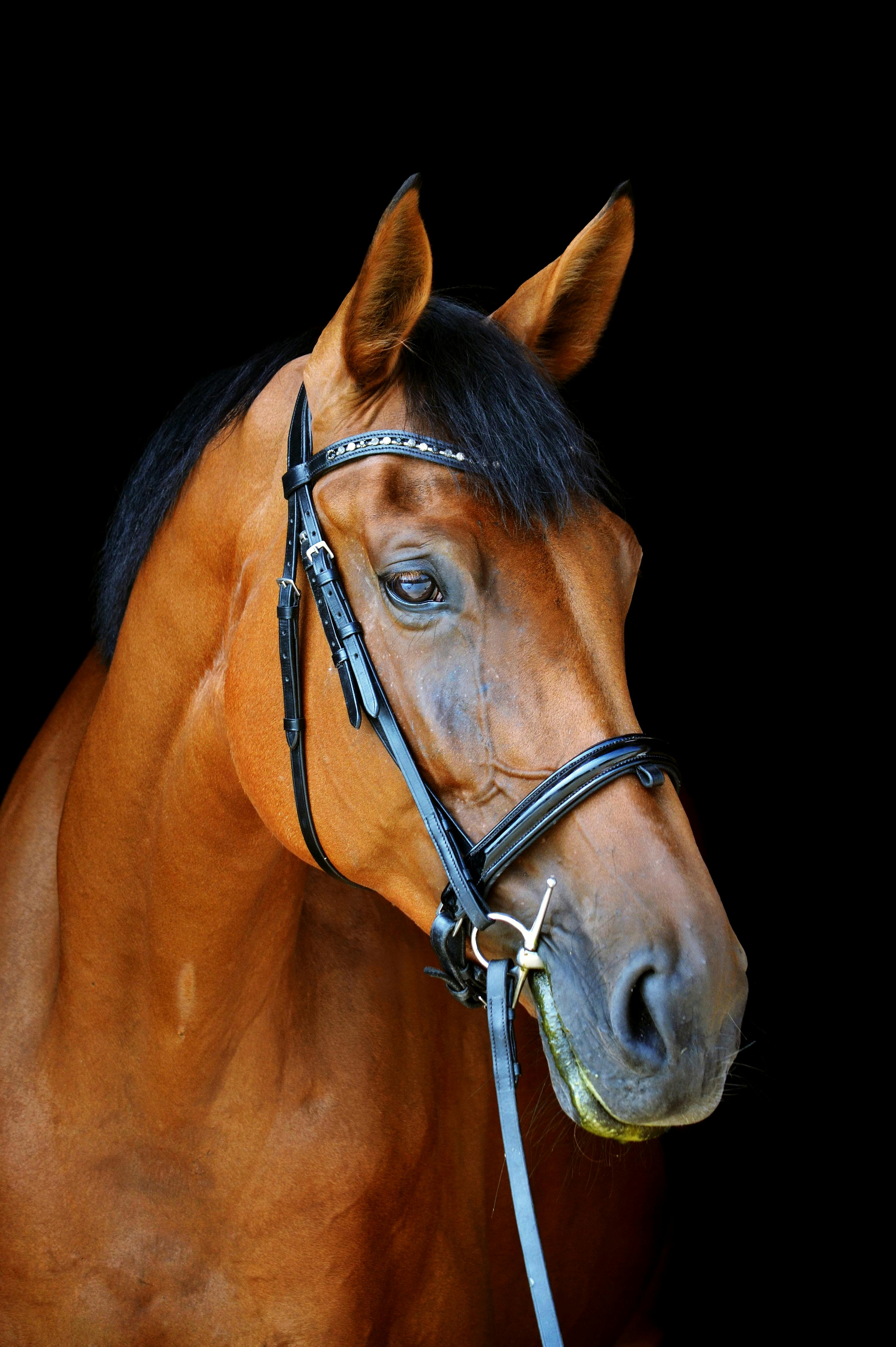Download the Beauty and the Beast Junior Script PDF Now
The Beauty and the Beast Junior script PDF is an invaluable resource for schools, theater groups, and aspiring performers alike. As the popularity of junior musicals continues to soar, understanding how to access, interpret, and implement these scripts becomes crucial. This article provides a comprehensive guide to the script, its uses, and best practices for staging a successful production.

Understanding the Fundamentals
The Beauty and the Beast Junior script PDF offers a condensed, age-appropriate version of the classic Disney tale. Designed specifically for youth performers, it maintains the integrity of the original story while simplifying the structure and language to suit school-age casts.
This script is more than just lines and lyrics—it’s a tool for education, confidence building, and creative exploration. It bridges the gap between imagination and production, making theater accessible to all skill levels.
1.1 Structure of the Junior Script
The junior script is formatted to meet the needs of young performers and directors. With fewer scenes, simpler dialogue, and adapted songs, it enables schools and community theaters to present high-quality shows without overwhelming participants.
Each character has a clear arc, and ensemble roles are designed to keep large casts engaged. This balance ensures a rich experience for everyone involved.
1.2 Educational Value
Unlike traditional scripts, junior versions incorporate learning objectives that align with arts education standards. Students not only learn about performance but also teamwork, literacy, and emotional expression.
Studies have shown that involvement in theater enhances communication skills and boosts academic performance, making the Beauty and the Beast Junior script PDF a multifaceted educational asset.
Practical Implementation Guide
Once you’ve acquired the Beauty and the Beast Junior script PDF, the next step is implementation. This section walks through the stages of bringing the script to life, from initial readings to opening night. With realistic timelines and actionable advice, you can ensure your production is a resounding success.

2.1 Actionable Steps
- Read-Through and Casting: Begin with a full read-through of the script. Hold auditions and cast actors based on vocal range and stage presence.
- Rehearsal Schedule: Create a rehearsal calendar that aligns with school or community availability. Use scene breakdowns from the script to plan effectively.
- Staging and Tech: Allocate time for set building, costume fittings, and tech rehearsals. Milestones should include script memorization and cue-to-cue runs.
2.2 Overcoming Challenges
Common challenges include limited rehearsal time, uneven experience levels, and budget constraints. Address these by assigning rehearsal mentors, simplifying stage design, and utilizing existing costumes and props creatively.
Warning signs like poor attendance or inconsistent line retention can be mitigated by early intervention. Encourage commitment with incentives and regular performance feedback.
Advanced Applications
After mastering the basics, productions can explore advanced interpretations and technical enhancements. These include reimagining settings, integrating multimedia, and layering in dance choreography beyond the script’s suggestions.

3.1 Customizing the Performance
Many schools add unique elements to personalize their production. This can include original choreography, updated costuming, or reinterpretation of characters while staying true to the core story. One school layered cultural influences into their production, enriching both the script and audience experience.
3.2 Integrating Technology
Integrate projectors, soundboards, and lighting automation for a polished result. Use digital backdrops to simulate castle interiors and village scenes, reducing reliance on physical sets while enhancing immersion.
Make sure your technical tools are compatible with the performance space, and schedule adequate time for tech rehearsals to avoid last-minute issues.
Future Outlook
Junior scripts like Beauty and the Beast Junior are shaping the future of educational theater. As access to scripts in PDF format becomes more widespread, the potential for innovation and outreach grows.
In the next 3–5 years, we expect to see increased integration of virtual performances, augmented reality elements, and enhanced training resources bundled with script packages.
Conclusion
To summarize, the Beauty and the Beast Junior script PDF provides:
- An accessible platform for youth theater
- Educational value beyond performance
- Flexible implementation with room for creative expression
Whether you’re a teacher, director, or student, this script serves as a launching pad for artistic growth and storytelling. Download it, rehearse it, and bring your vision to the stage.
Start your journey today—unlock the script, gather your cast, and transform your venue into an enchanted castle.
Frequently Asked Questions
- Q: What is included in the Beauty and the Beast Junior script PDF? The PDF includes dialogue, stage directions, song lyrics, and ensemble parts tailored for young performers.
- Q: How do I get started with a junior musical production? Begin by assembling a team, obtaining the script, and planning your timeline around school or community schedules.
- Q: How much time does it take to prepare a full performance? On average, expect 8–12 weeks with 2–3 rehearsals per week, depending on cast size and complexity.
- Q: What is the typical cost of staging this show? Costs vary, but budget $500–$3000 for rights, materials, and production expenses. Creative reuse of materials can reduce costs significantly.
- Q: How does Beauty and the Beast Junior compare to the full version? The junior version is shorter, uses simplified music, and is designed for younger casts, making it ideal for educational settings.
- Q: Is this script difficult for beginners? Not at all. It’s designed for all levels and includes guidance for first-time directors and performers.
- Q: Can this script be adapted for different age groups? Yes, while it’s targeted at youth, older or mixed-age casts can perform it effectively with minor adjustments.
